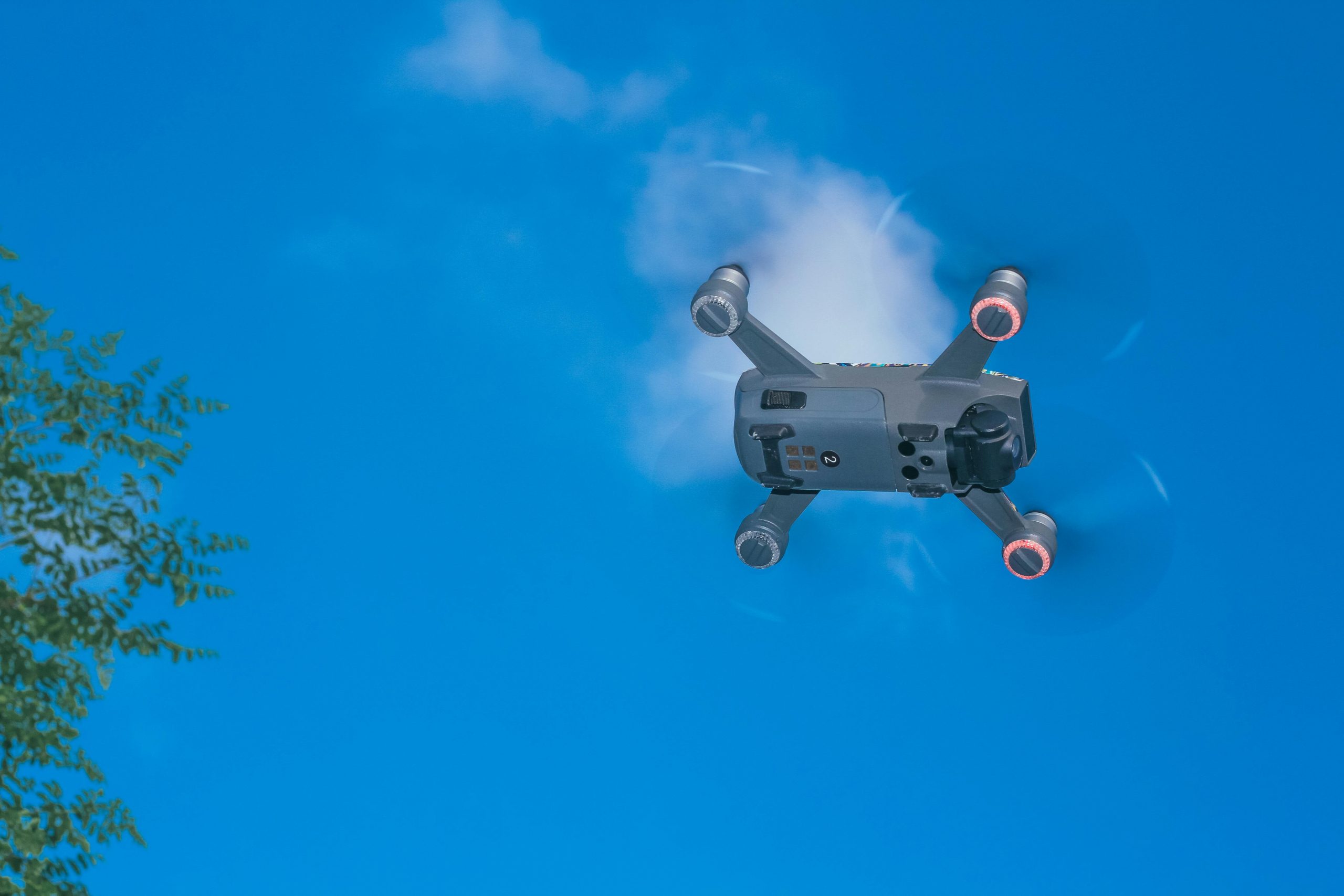USB Virus Alert: What to Do When Your Device is Compromised
Recently, I encountered a troubling situation that I believe many of you might find relatable. After connecting my USB drive to my computer, I noticed it took unusually long to load. While I waited, I continued with my tasks, only to be alerted by Windows Defender about a severe threat linked to the USB drive.
This incident triggered memories of a similar experience I had at school. During a previous file transfer, my USB had become infected, causing all my documents to be converted into a hidden format labeled “.lmk.” At that time, I managed to recover my files using a simple command in the Command Prompt, but this new situation felt different.
To provide some context, I had borrowed my USB drive to a few friends who used it at school for printing assignments. I trust them, and naively believed they wouldn’t do anything reckless. However, with the potential lurking of malware or viruses on the school computers, I started to reconsider this assumption. It raises concerns about what kind of malicious software might be present on those machines, leading to infections when USB drives are connected.
As soon as I realized the potential threat, I quickly unplugged my USB Wi-Fi adapter to avoid any internet connections or further issues. My immediate thought was to share this experience with the community, hoping for insights and guidance on whether I should be genuinely worried about the security of my files and device.
If you find yourself facing a similar dilemma with a USB drive, it’s crucial to act swiftly. Here are a few steps you can take to protect your data and devices:
-
Disconnect Immediately: If you suspect your USB drive may be infected, unplug it instantly to prevent any further issues.
-
Run Antivirus Scans: Use reputable antivirus software to scan both the USB and your computer for any malicious files.
-
Avoid Public Computers: Be cautious when using USB drives on public or shared systems, as they may be compromised.
-
File Recovery Commands: If your files appear to be hidden, utilize command-line tools like “Attrib” to try and recover them.
-
Seek Professional Help: If you’re unsure about the severity of the threat, don’t hesitate to consult an IT professional for assistance.
In this age of increasing digital threats, being vigilant and proactive is key to safeguarding our data. If you’ve had similar experiences or have advice on how to deal with USB infections, I
Share this content:




Hello, thank you for sharing your detailed experience and concerns. Dealing with USB infections can be tricky, but following best practices can help protect your data and devices:
attribcommand you mentioned is useful; for example, to remove hidden or system attributes, you can run in Command Prompt:(where
X:\is your USB drive letter)For added security, you may also consider disabling autorun features and enabling Windows Defender’s real-time protection